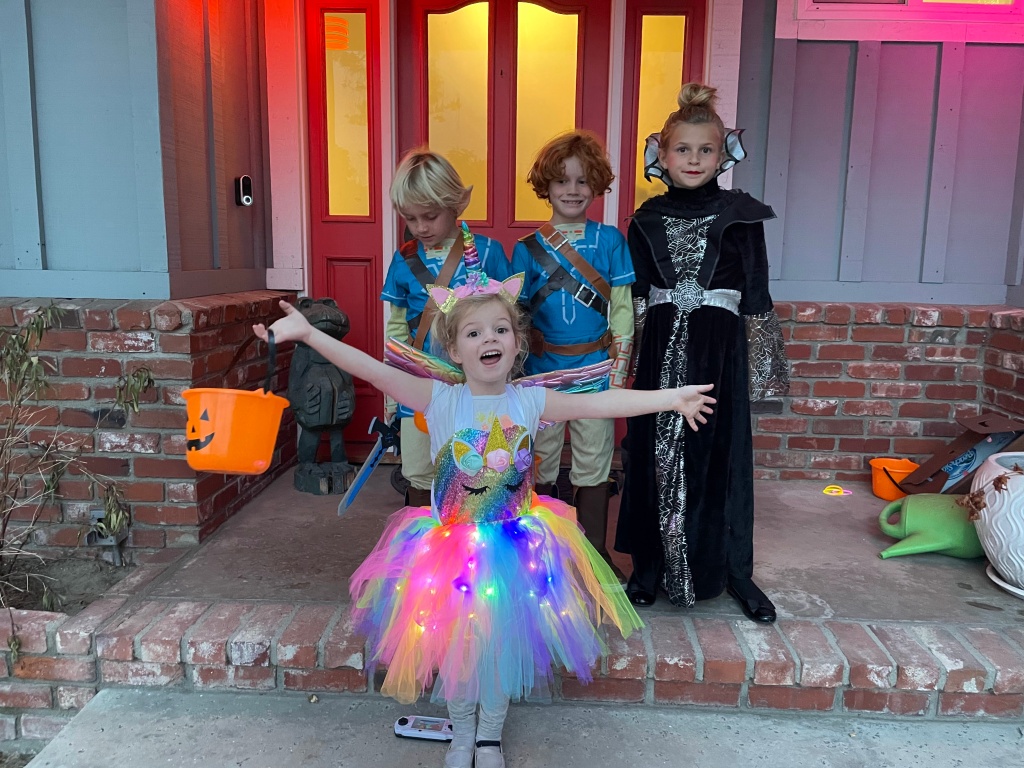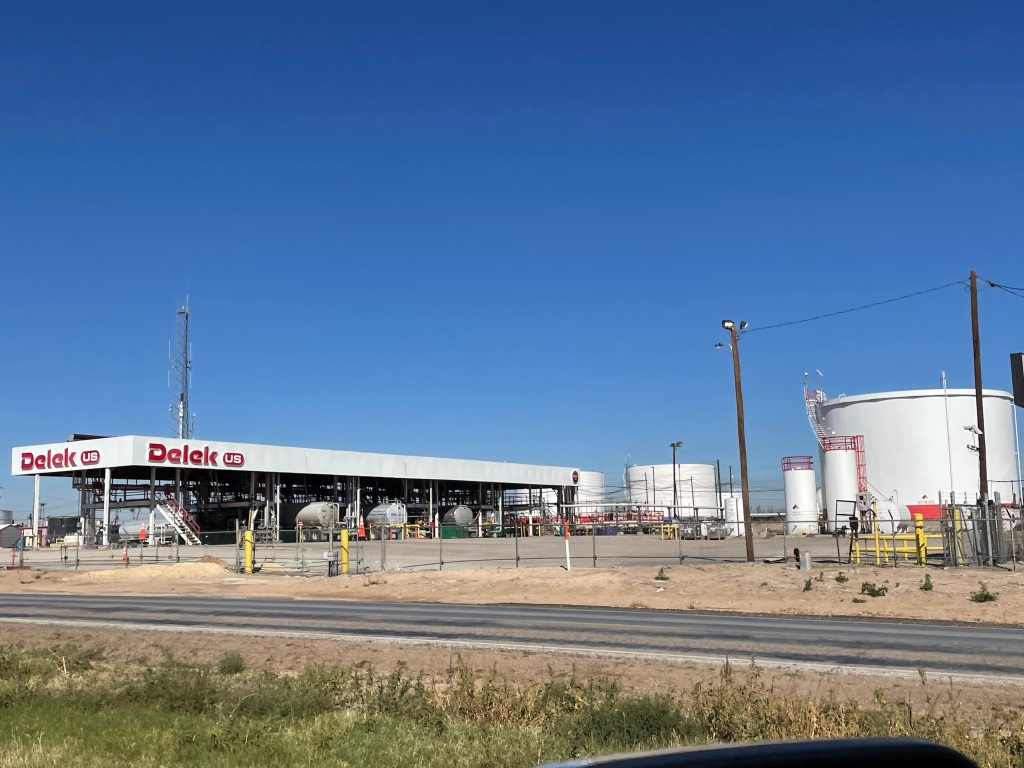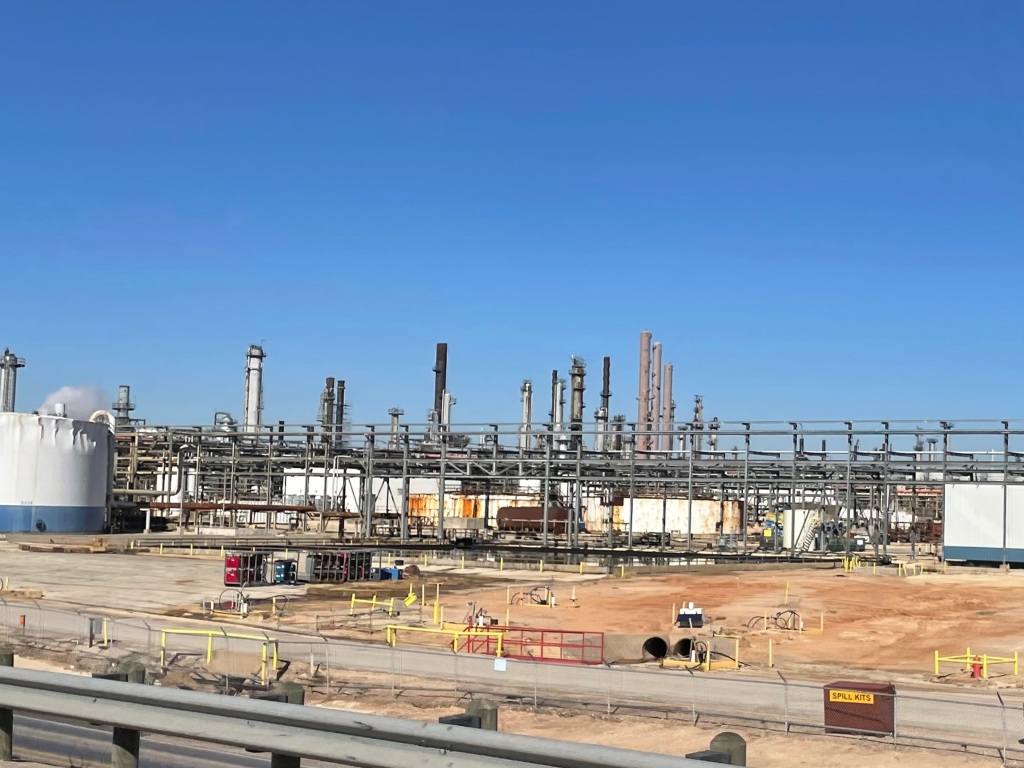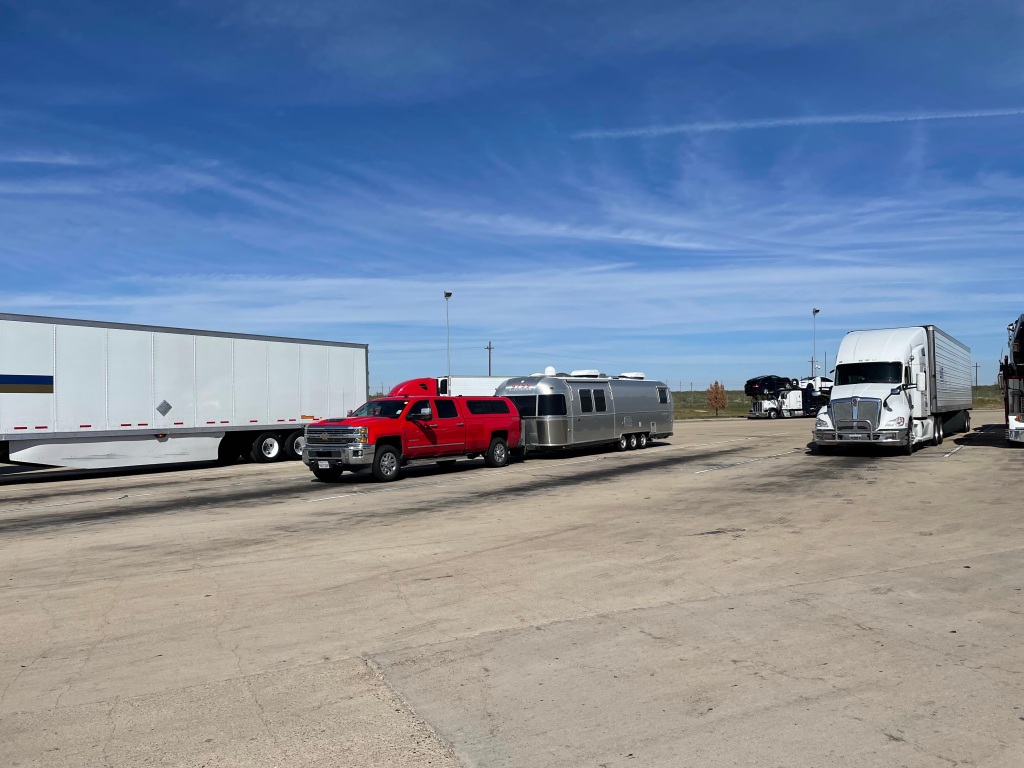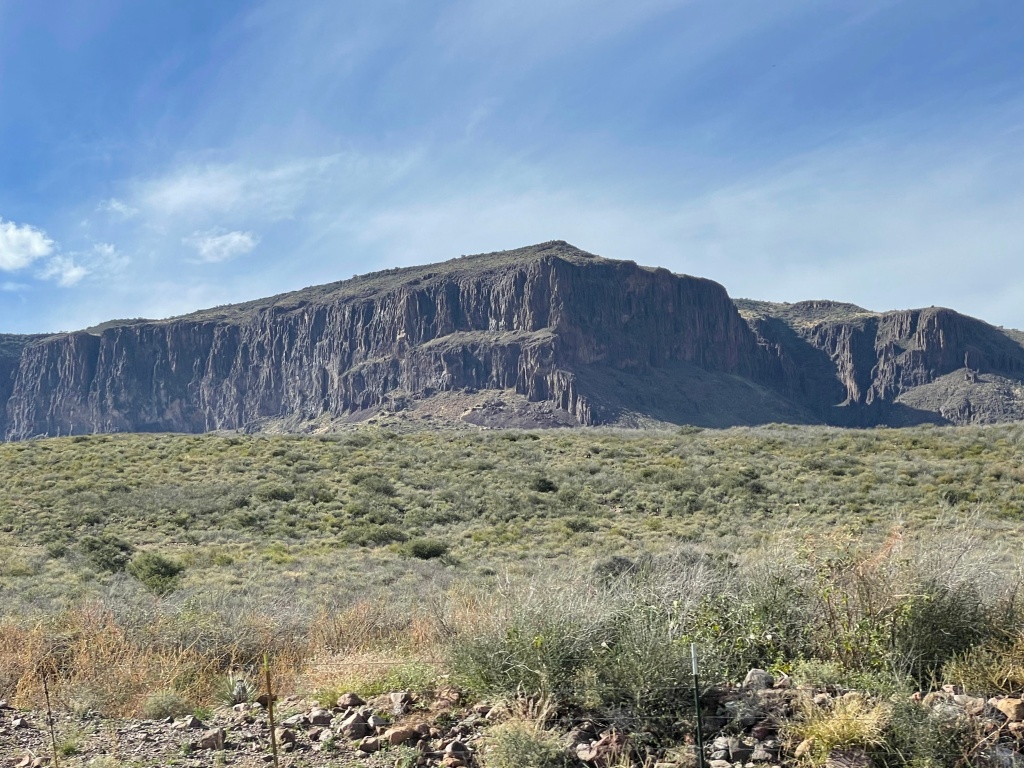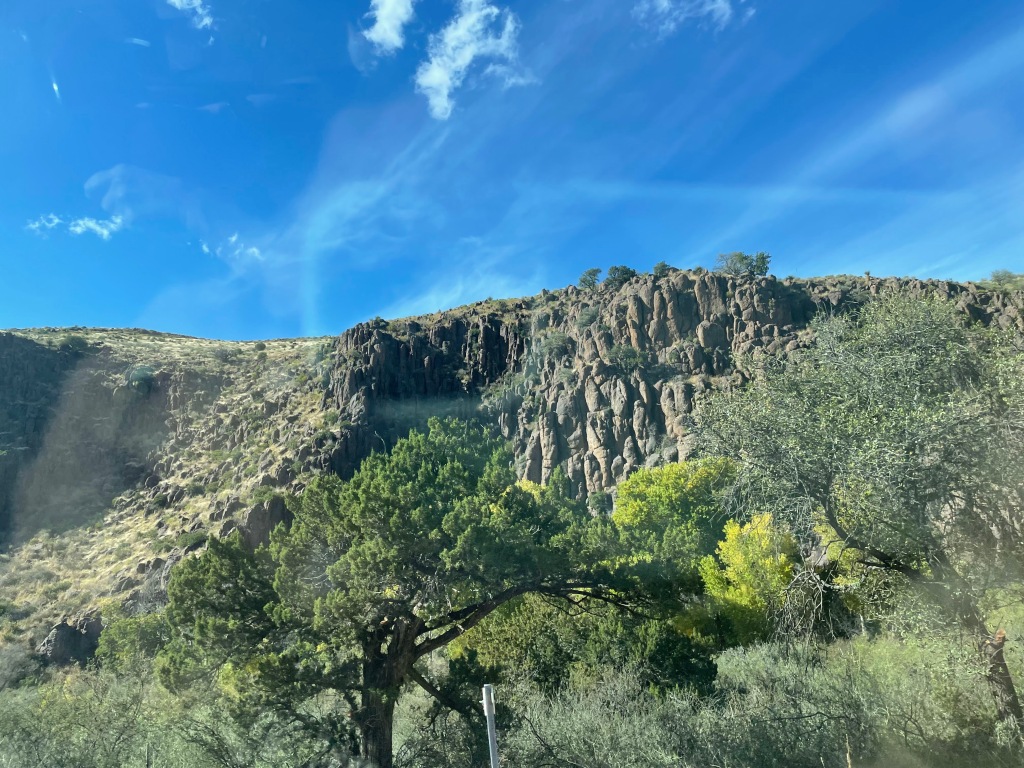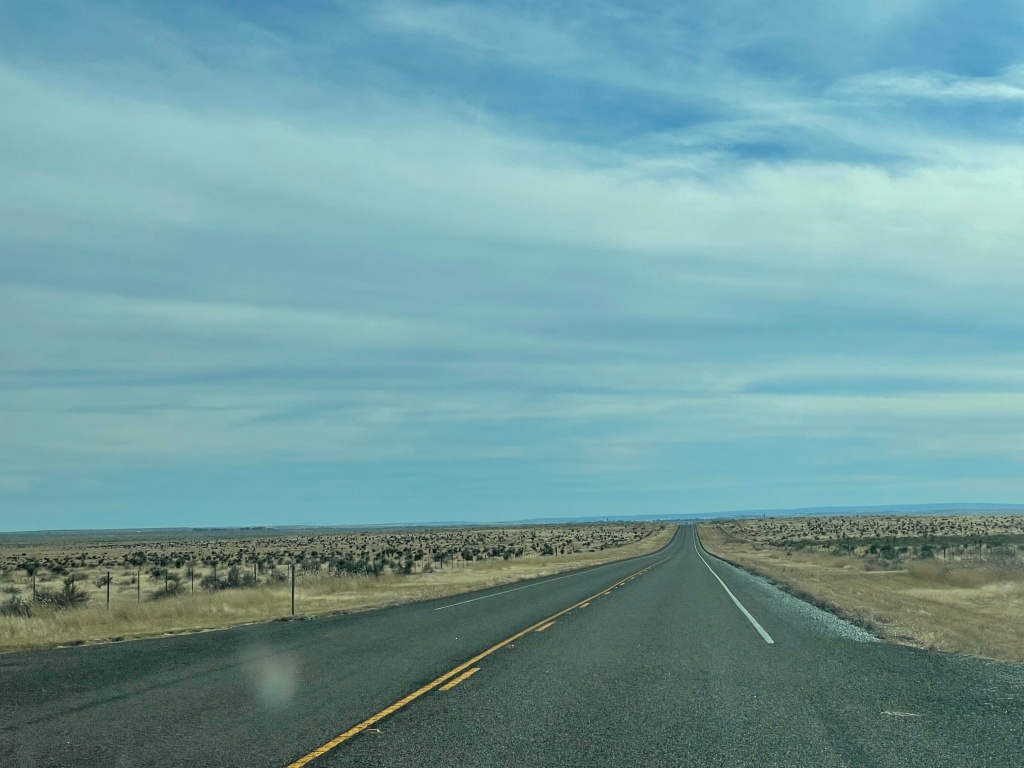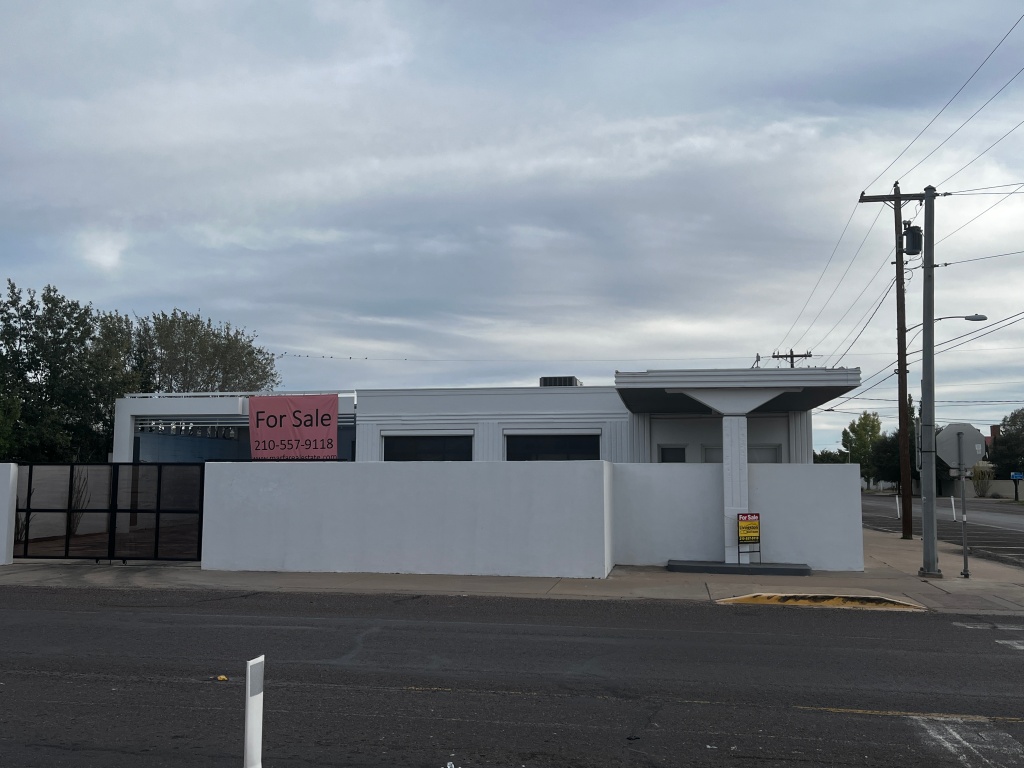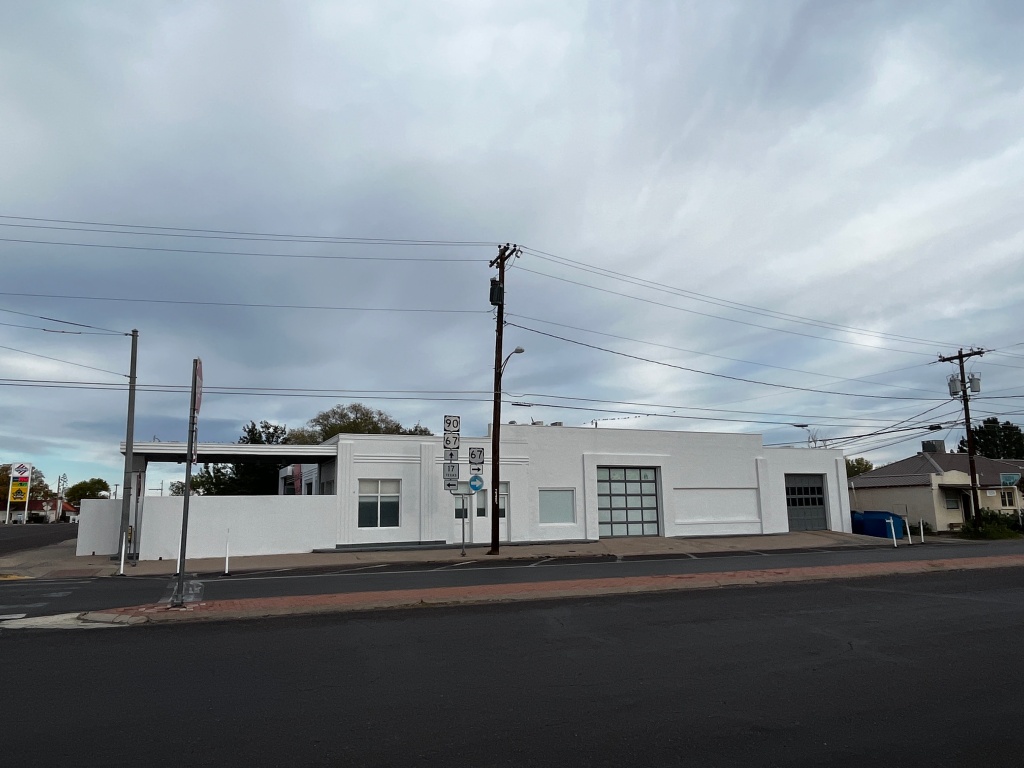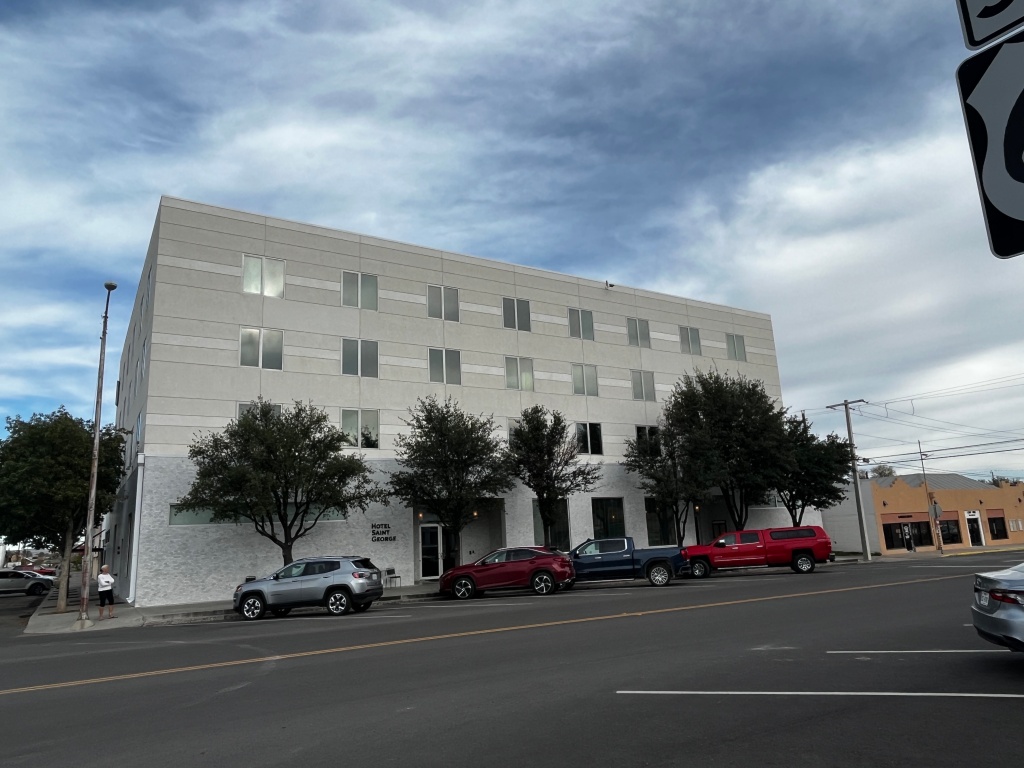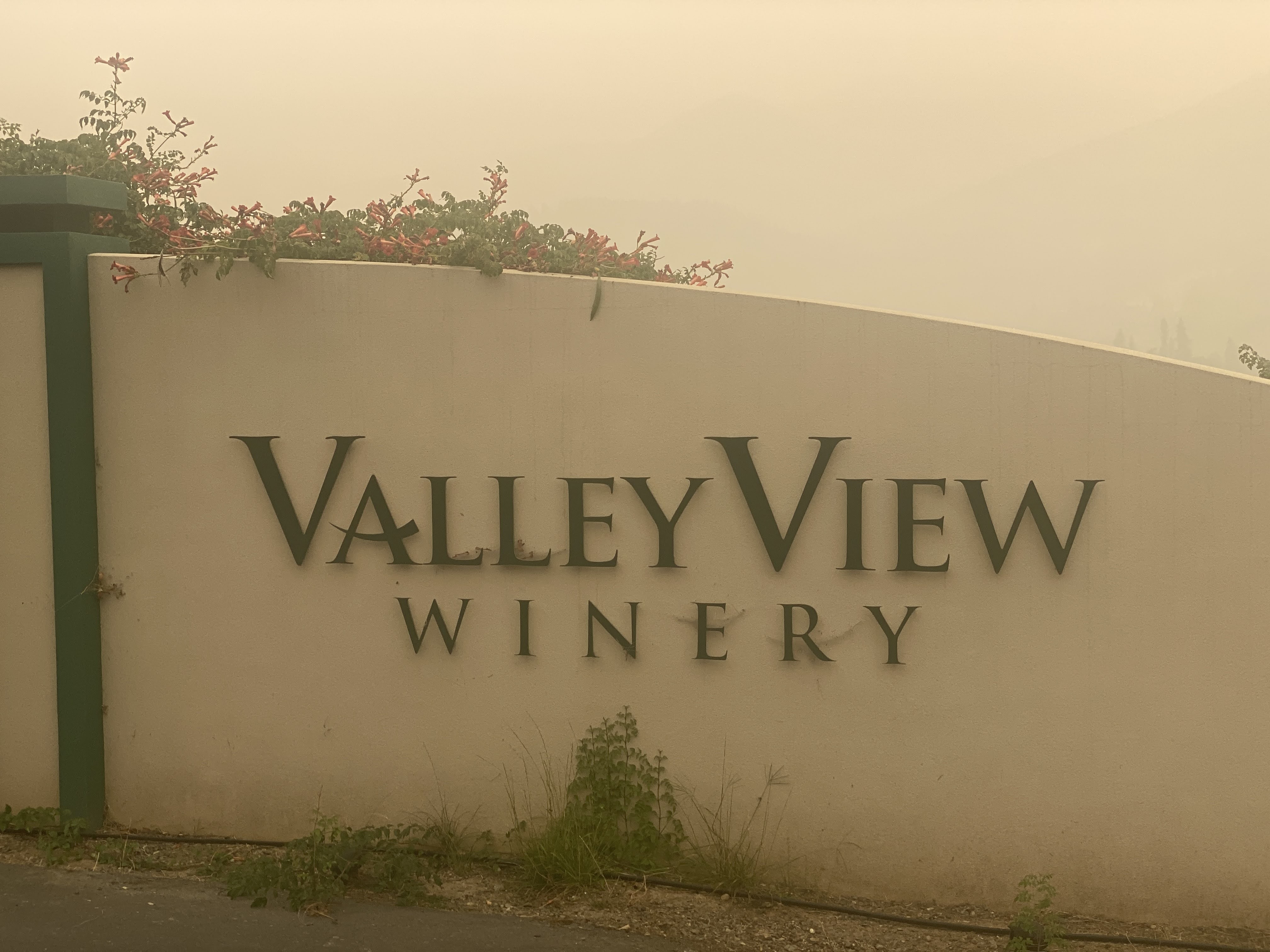We had a leisurely morning at the campground because we have a relatively short day today…
We pulled out at about 11:00 am and headed west on the 10 towards Arizona.
The desert here is rather bleak and unforgiving, but there are interesting views aplenty…


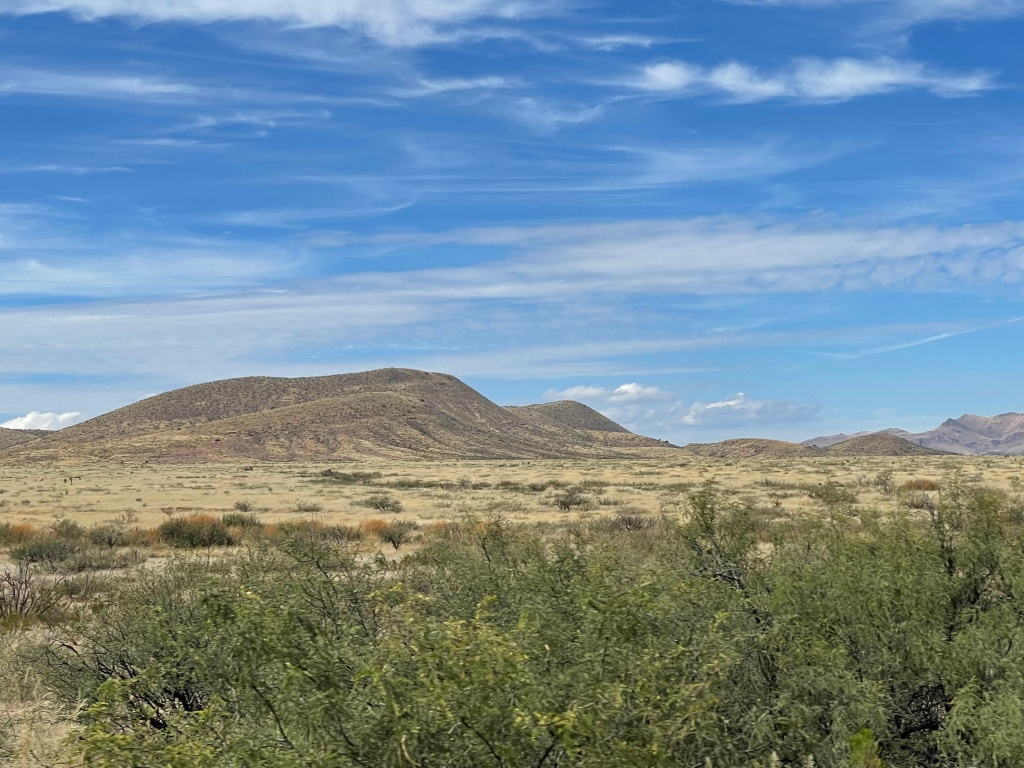
We crossed over into Arizona eventually…
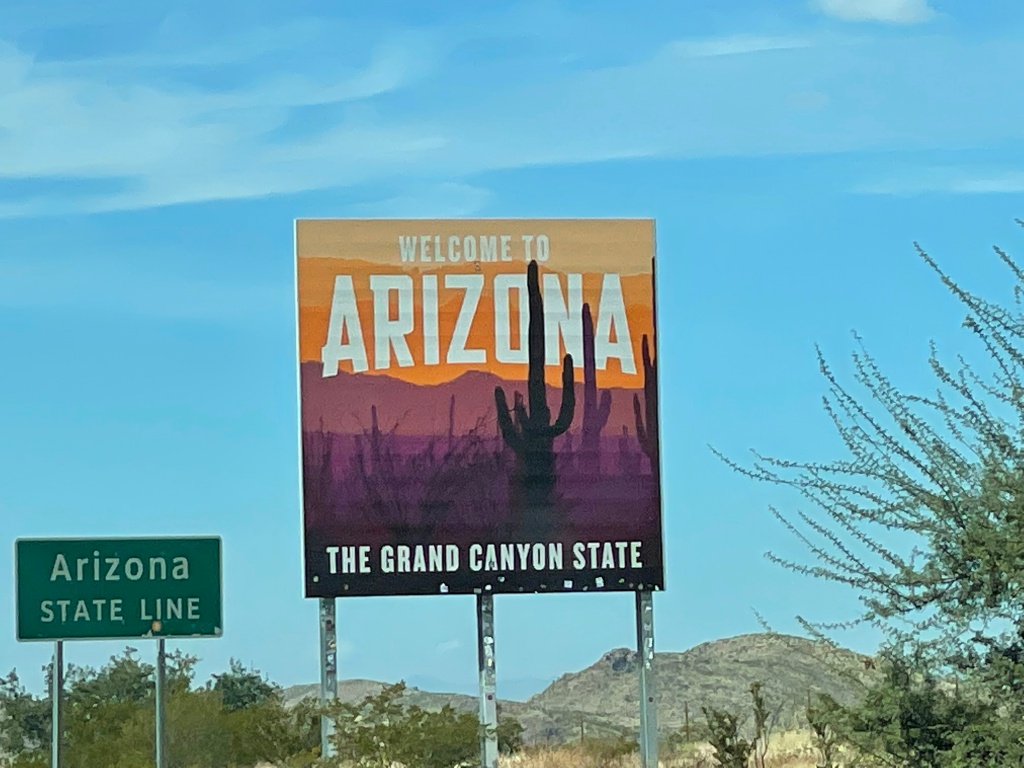
Arizona views are not that much different than those in New Mexico…

We exited the freeway in Tucson. We are visiting old Airstream friends who we met in Chula Vista, CA. They used to be “full-timers”, but they sold their Airstream and moved to a lovely house in the hills above Tucson…
On our way up the hill we passed a military base. There were literally hundreds of moth-balled airplanes sitting adjacent to the road. This went on for about a mile…

We continued up into the hills… after sharing a bottle of wine in their home we went out to dinner at a local “foodie” restaurant…

After dinner we retired to the Villa for the night.
Thursday, November 3…
We have a long day today. We headed out at 5:05 am…
Yes, it was dark, and these Tucson roads are bumpy…
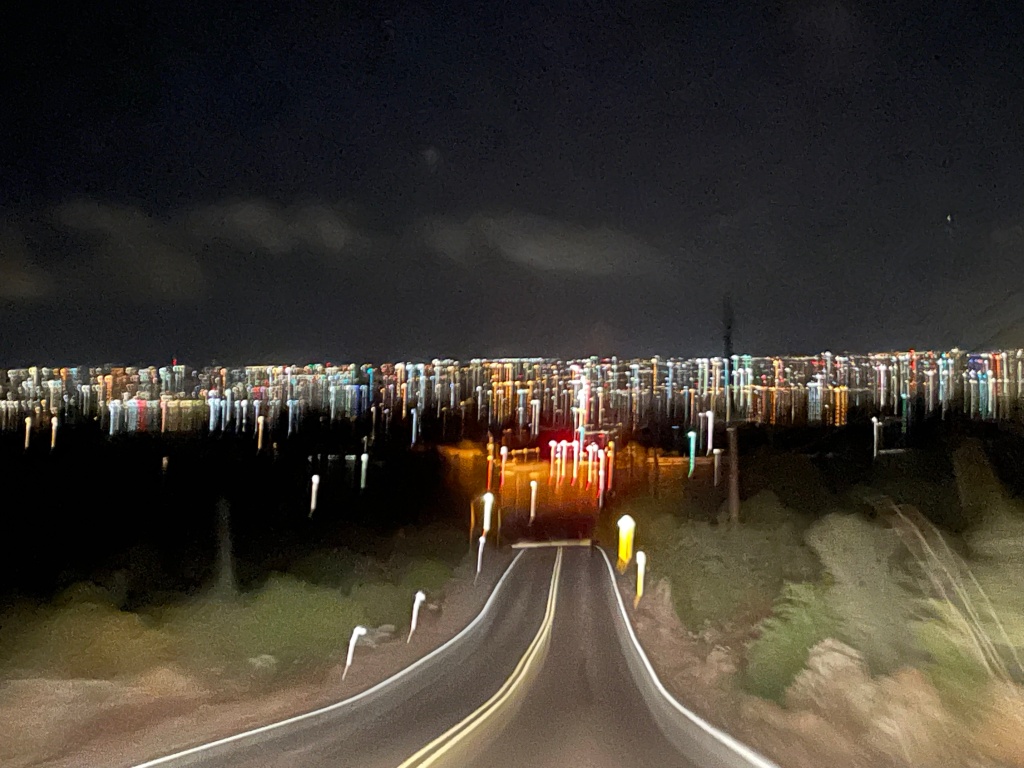
After passing through a torrential downpour that caused freeway traffic to slow to 30 mph, we finally saw the light…
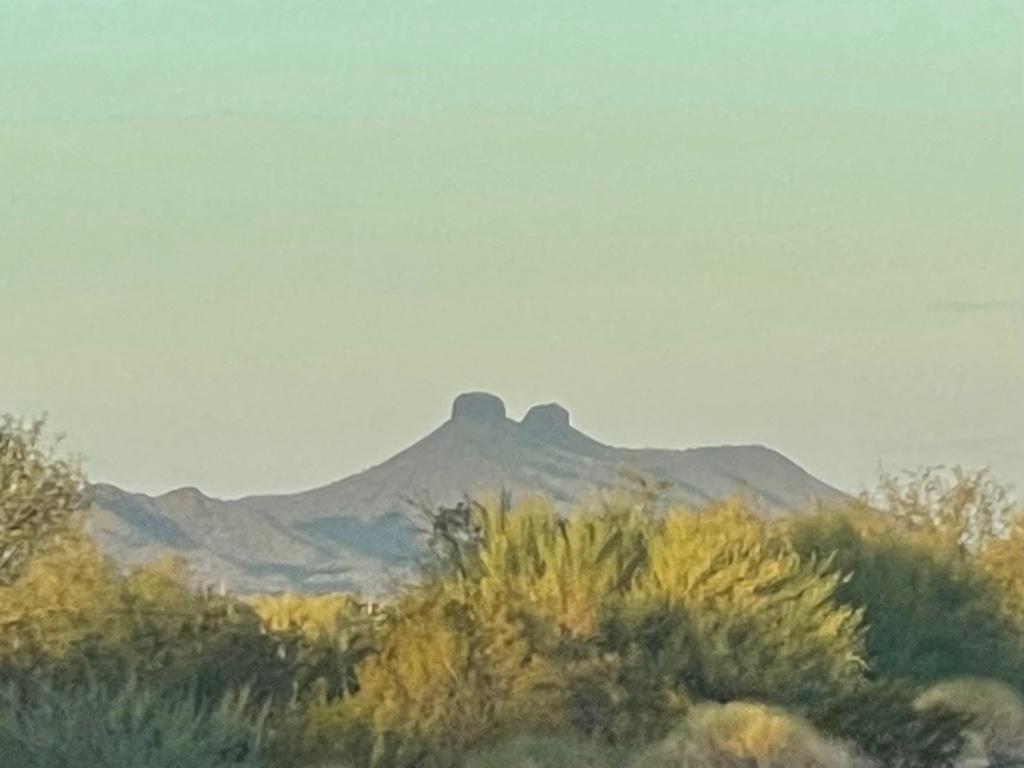
Arizona’s famous Saguaro cactus… These cacti live to be over 100 years old BEFORE they grow their branches…

We soon arrived at the Promised Land…
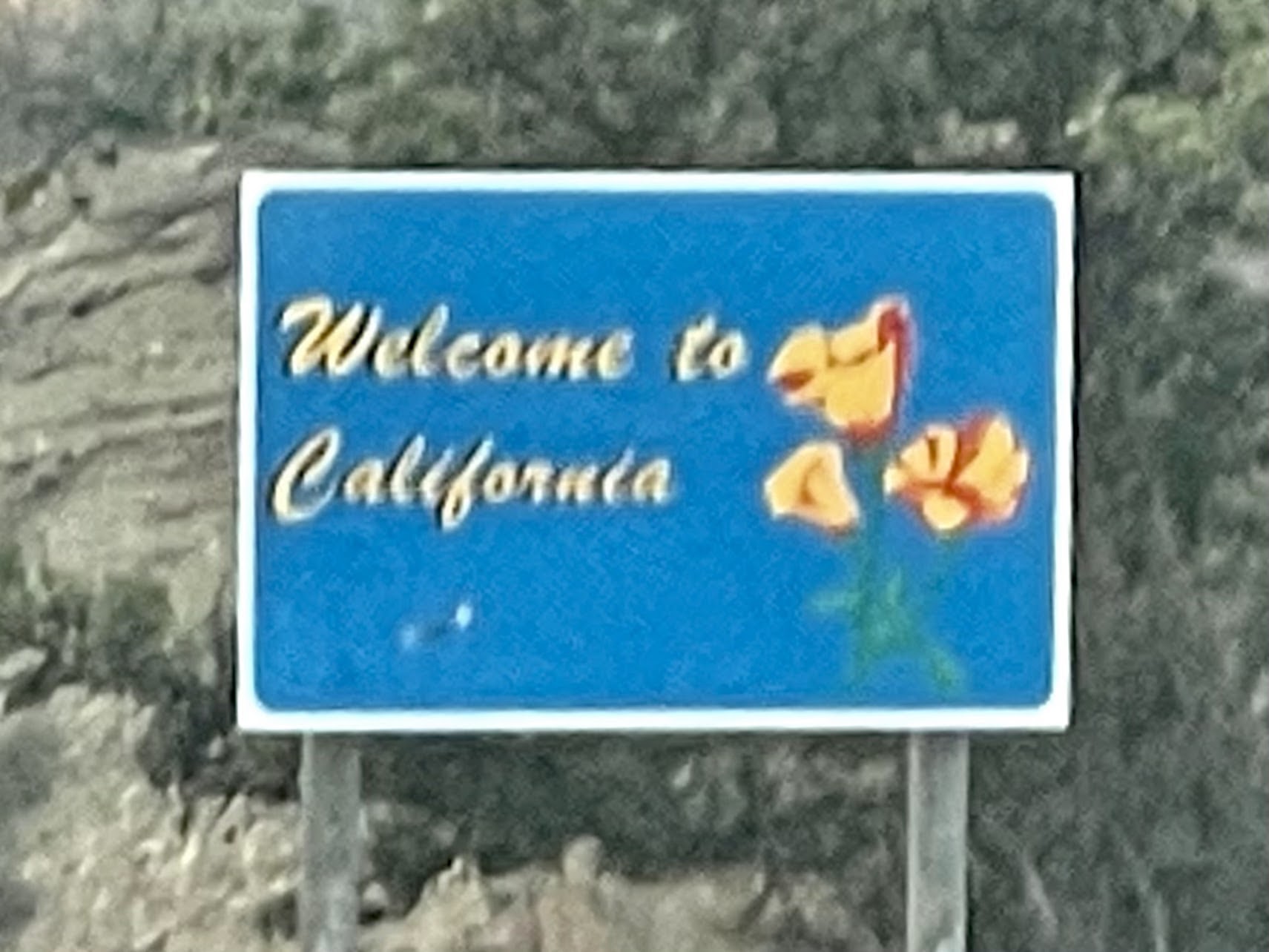
The bridge over the Colorado river…
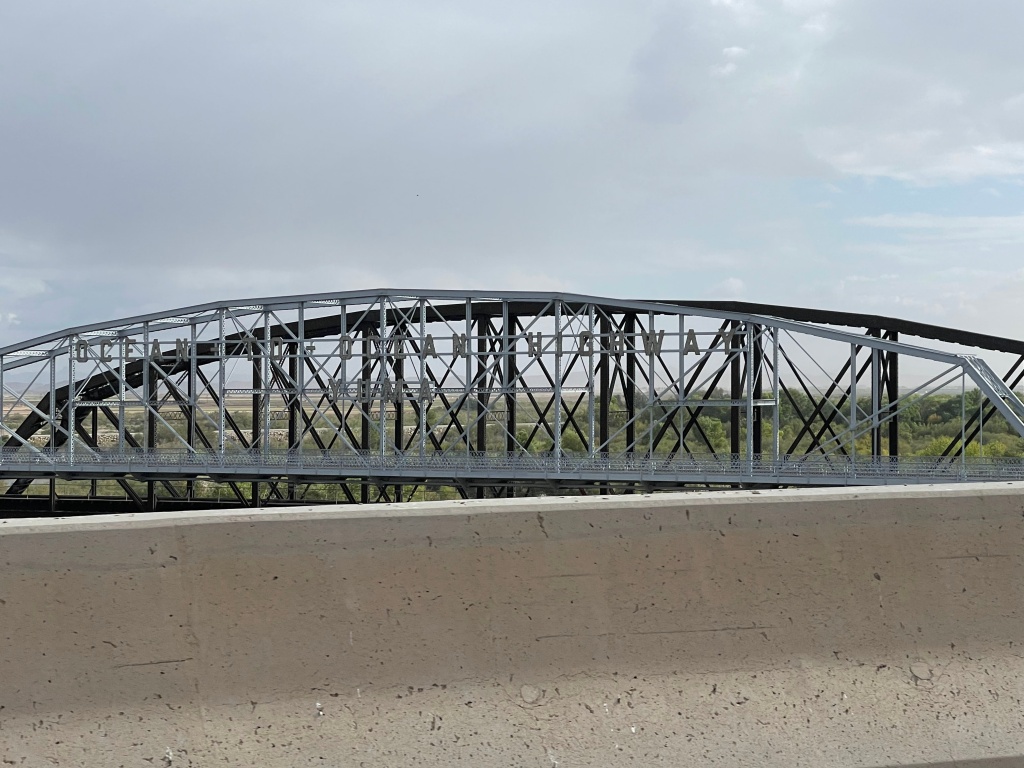
We continued across the desert…




It has been more than 7 weeks since we have eaten Mexican food… (We rarely ever go to a Mexican restaurant outside California… too many BAD experiences…) So we stopped at Carmelita’s in Borrego Springs…


After lunch we drove the two short miles to the RV park and met up with our Airstream Club friends.

Happy Hours ensued; an enjoyable time was had by all…











